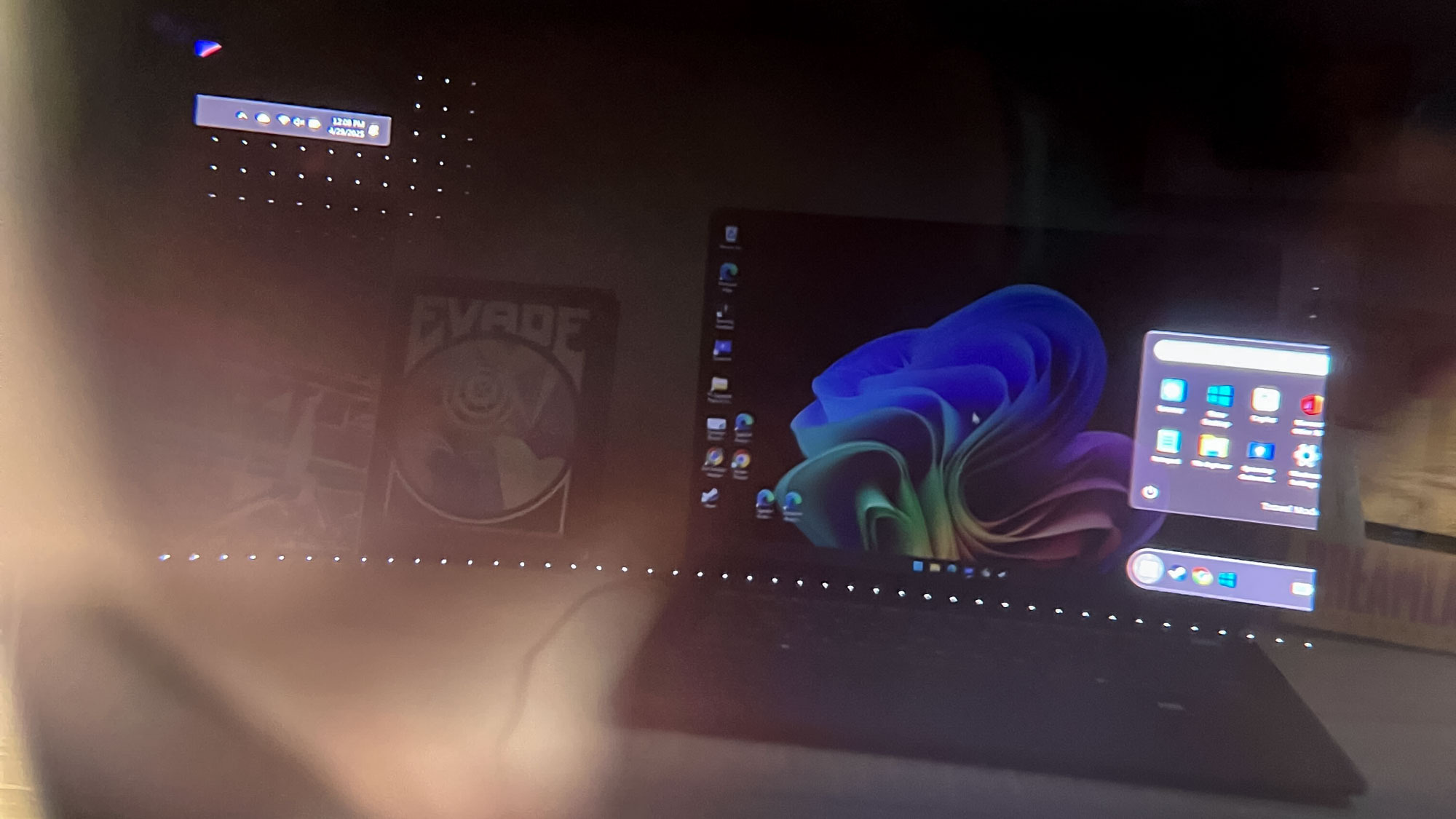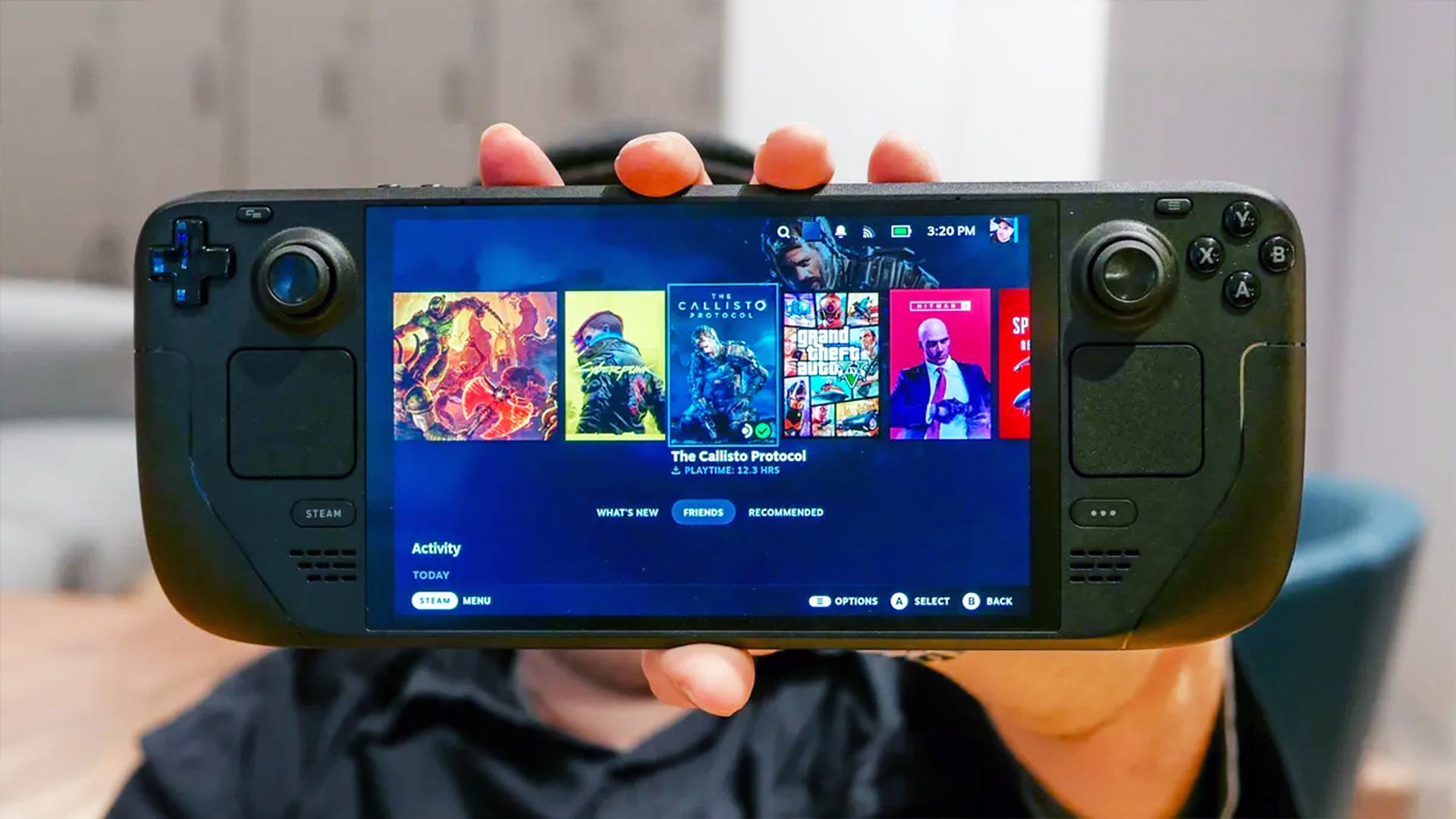I just saw the future of computing — and it makes me a believer in AR smart glasses
Spacetop grows up
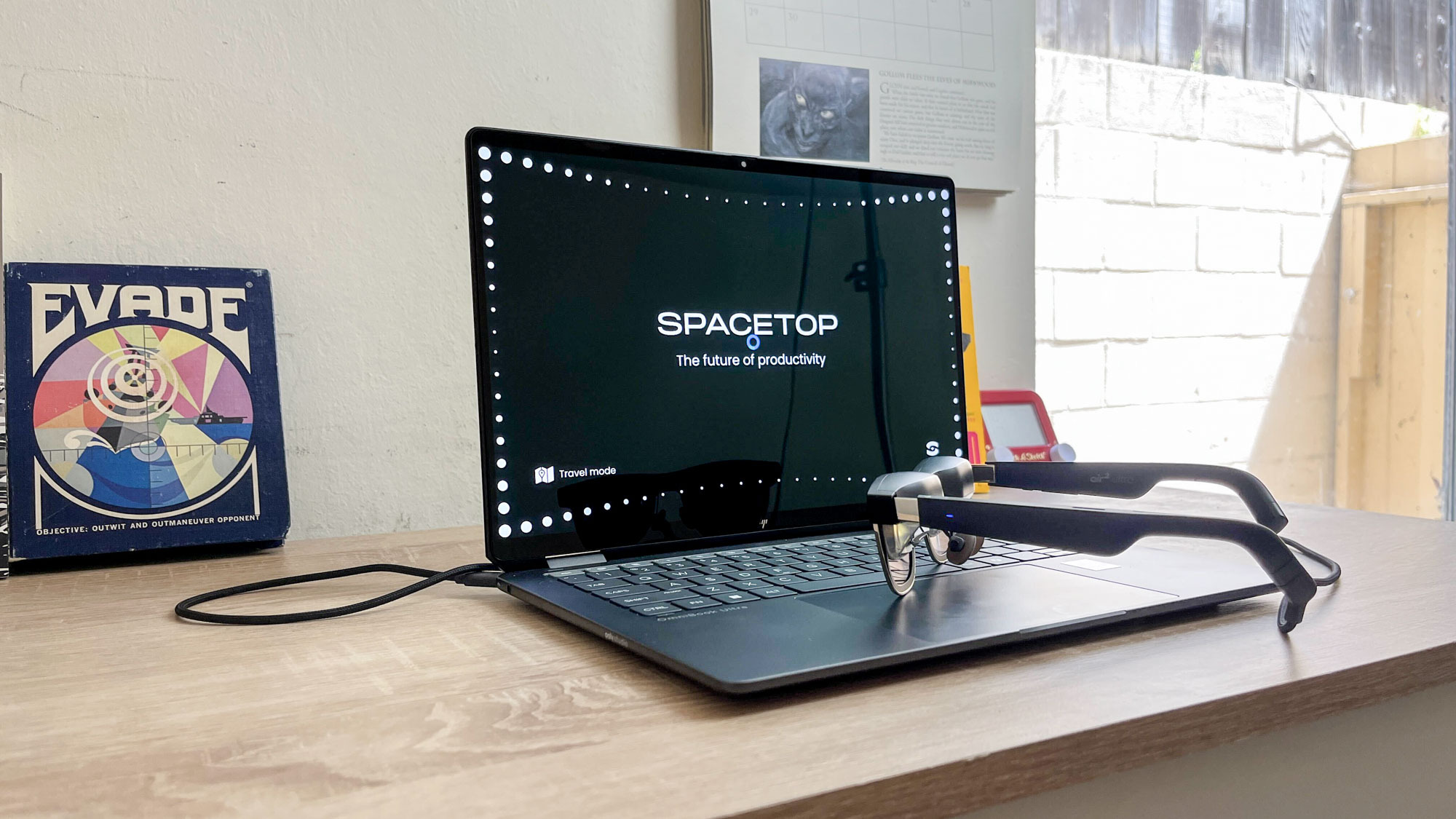
If you've ever wanted to work at your laptop without having to crane your neck down to see the screen, Spacetop might be the AR productivity solution for you.
I say that because I've been testing it for a little over a week now with a pair of Xreal Air 2 Ultra AR glasses, and Sightful's Spacetop software, which makes using Windows in augmented reality a lot more comfortable than it is by default.
You might remember Sightful as the makers of that eye-catching screen-free Spacetop G1 laptop I wrote about a couple years ago. The G1 prototype looked like a decapitated laptop, with a pair of Xreal AR glasses nestled in a carrying nook where the laptop's screen should have been.
Back then the goal was to design a mobile workstation that gave you all the versatility of a modern laptop with the freedom of a huge virtual canvas only visible to you via a pair of AR glasses. I tried it myself and it was neat, albeit limited by the fact that the early hardware ran on Android.
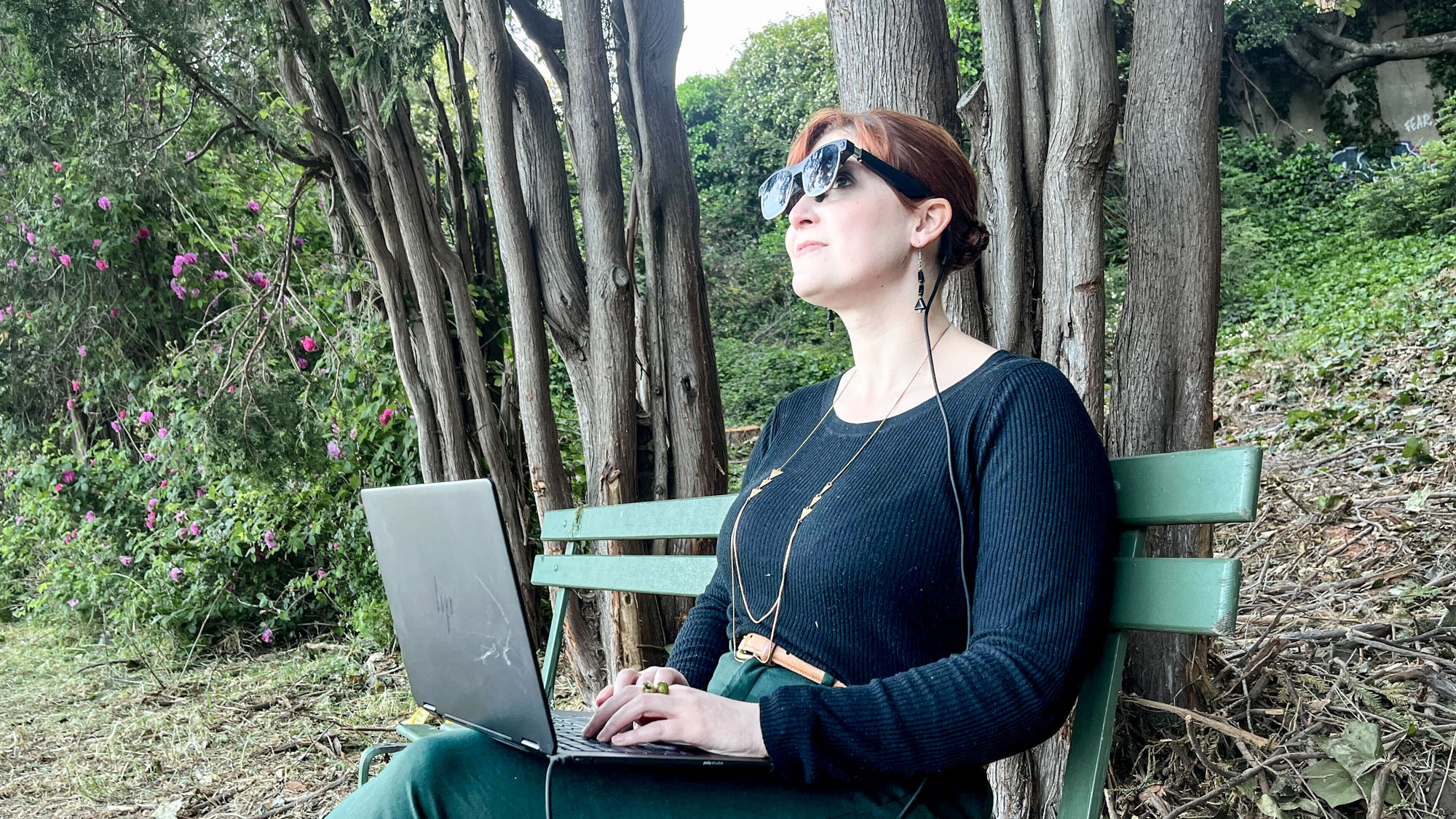
In the years since I tried that prototype, Sightful has pivoted to being a purely software company that aims to sell Spacetop as an AR productivity app for Windows PCs (and one day, hopefully, Mac). In fact, you can order the software from Sightful right now as part of a $899 bundle that comes with a pair of Xreal Air 2 Ultra glasses ($699 MSRP) and a 12-month Spacetop subscription ($199/year).
That's right, now it's not just software—it's a subscription-based platform, and it requires a laptop with at least a Core Ultra 7 Intel Meteor Lake CPU.
Sightful claims it was always intent on being a software company, and while I'm a little sad it won't be selling screen-free laptops, I can definitely see the value in selling this software to folks who already own laptops they love. Plus, it's nice to have a screen you can switch back to if you get a headache working in AR.
Get instant access to breaking news, the hottest reviews, great deals and helpful tips.
I've been testing Spacetop for a week or so now, and while I do sometimes get fatigued and have to take the glasses off I can generally work for hours without a problem. In fact, I'm writing this entire article via Spacetop, with my feet up on the coffee table and my head lolling back on the couch like the lazy writer I am.
Is it ergonomic? Probably not. But it's a heck of a lot more comfortable than craning my head down to stare at the screen, and I think it might be my new favorite way to use a laptop.
I can see the future of AR work from here
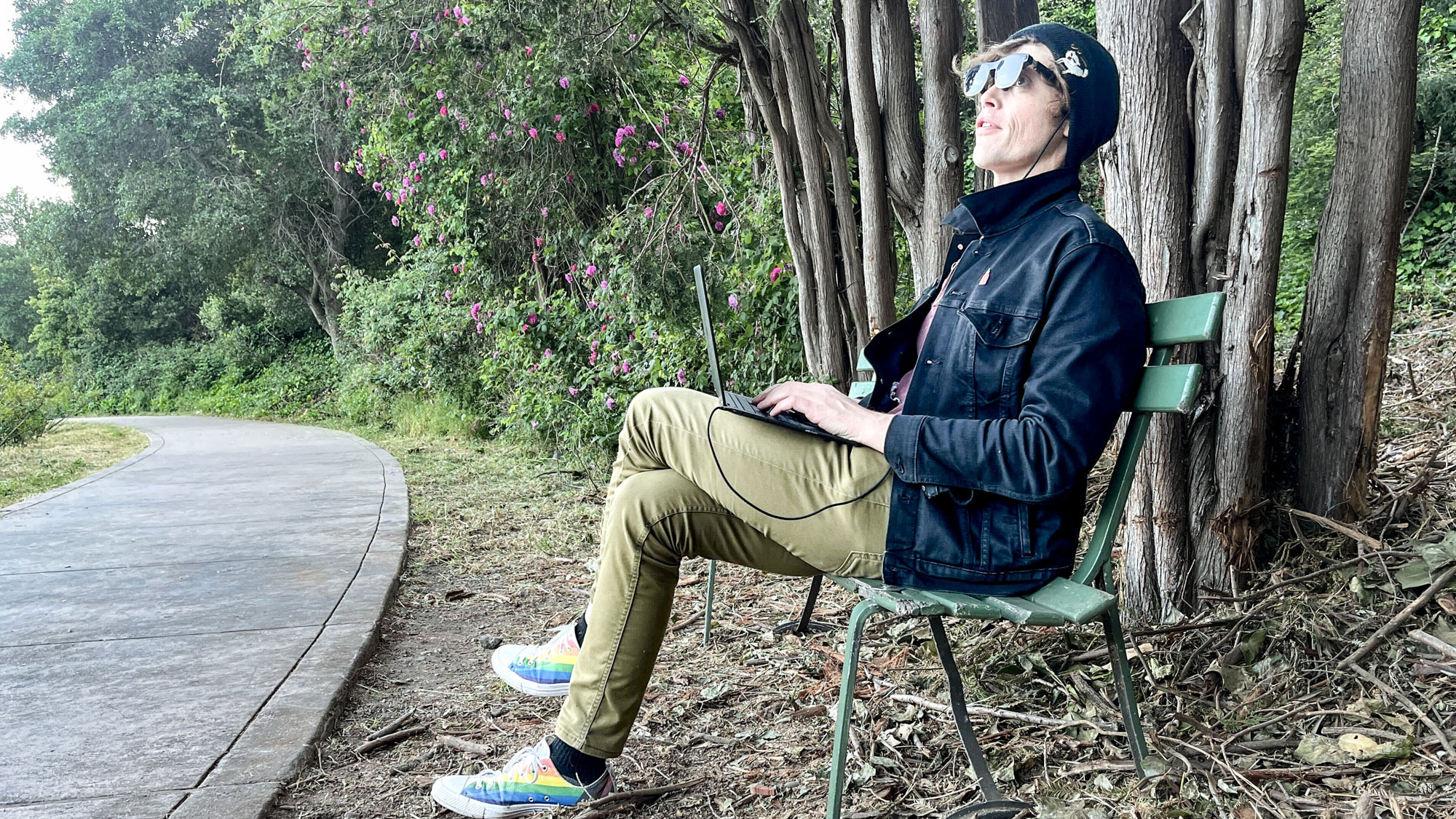
The way it works, in my experience, is that when you plug the AR glasses into your laptop you see a big virtual 100-foot "canvas" floating in the air in front of you. You can open apps and drag windows around on this canvas just like it was your Windows desktop, except it's floating in the air.
So right now I have Chrome floating above my TV while I lay on the couch, and the browser is easily 4x as large as my 65-inch LG C2 OLED. The canvas itself is even larger, and extends beyond the Xreal Air 2 Ultra's field of view in every direction.
My neck feels better than it ever has after a few hours working on a laptop. That alone makes me hope we're on the verge of a new way to work."
Admittedly, I have to crank Chrome's zoom level up a bit to be able to comfortably read what I'm writing while it appears to be floating ten feet away. But it's an easy adjustment to make!
I've also tried playing some light PC games through Spacetop, and it works well enough. When a game is in full-screen mode it just sits in a window in the center of the canvas, but if you switch it to windowed mode you can drag the game around the canvas like any other app.
The scope of the canvas is defined by a grid of faint white dots that fade away when your cursor isn't nearby, so you can get a good sense of how much "room" you have to work with without being distracted by the dots.
You can click and drag or use keyboard shortcuts to move the Spacetop canvas around, moving it up and down or side to side as well as closer or farther away.
You can also change the angle a bit, so you can "tilt" the top of the canvas towards you if you want it to feel more comfortable while looking up or tilt it back to make the canvas stand tall and flat like a wall in front of you.
At the bottom edge of the canvas sits the Spacetop launcher, a small bar that plays host to a list of open apps, a battery level indicator, the time and an app launcher—basically a truncated version of the Start menu that opens when you hit the Start button.
Within that menu there's also a toggle for Travel Mode, which you can turn on if you find the Spacetop canvas too hard to use while you're in motion. So if you're on a plane or a train, enabling Travel Mode tells the software to tap the laptop's NPU and sensors to try and keep everything steady while you work.

In my limited testing it works well, but I'm hoping to keep putting it through its paces in different venues and vehicles to see how well Spacetop can improve on the default experience of plugging a pair of the best smart glasses into your laptop.
But of course, what's nice is that you can just close the Spacetop software if you'd rather go back to the default "desktop hovering directly in front of your eyes" Windows AR experience.
There are some good reasons to switch it off sometimes, too. While I think Spacetop improves on the baseline Windows AR experience in key ways, most notably by letting you lean your head back while working, there have definitely been times when I would trade the extra space of the Spacetop canvas for the reliability of having my desktop hovering right in front of my eyes no matter how I move my head.
And of course, I'm not happy that you have to pay $200 a year to use this software. That makes sense for a business ordering this stuff in bulk, but as an individual I'm not sure it's really worth the price unless you plan to spend a lot of time working in AR.
But Sightful is clearly making a play to put Spacetop into workplaces worldwide, starting with the U.S. and Germany. The company has worked with Intel, SHI International and Deutsche Telekom to fine-tune its software and start rolling it out this year, with plans to expand to more countries throughout 2025.
After only a few weeks with this software I'm still not sure I'm ready to make the switch to working in AR full-time, but I can already see the benefits—and I think my eyes are starting to get more comfortable working for hours in the Xreal glasses.
While my eyes are adjusting to the strain of AR, my neck feels better than it ever has after a few hours of working on a laptop. That alone makes me hope we're on the verge of a new way to work—you might look goofy in AR glasses but believe me, your neck and back will thank you.
More from Tom's Guide
- I tried Snapchat's Spectacles AR Glasses and it changed the way I look at smart glasses — here's why
- No, not Orion — Meta's first 'real' AR glasses tipped to debut in 2027
- 5 reasons the Meta Orion AR glasses are either the missing link in spatial computing — or a total gimmick

Alex Wawro is a lifelong tech and games enthusiast with more than a decade of experience covering both for outlets like Game Developer, Black Hat, and PC World magazine. A lifelong PC builder, he currently serves as a senior editor at Tom's Guide covering all things computing, from laptops and desktops to keyboards and mice.
You must confirm your public display name before commenting
Please logout and then login again, you will then be prompted to enter your display name.
